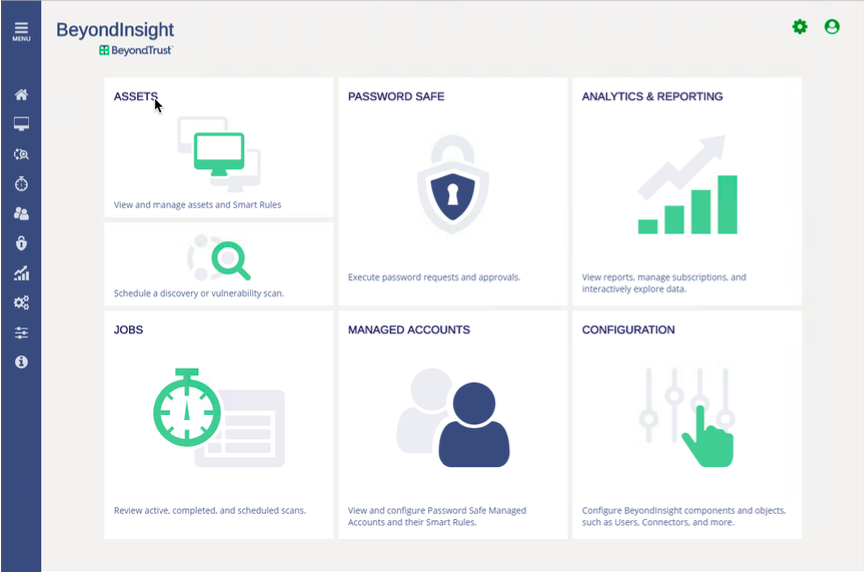
If you’re evaluating privileged password management and privileged session management (PPM/PSM) solutions, chances are you’ve done your homework: you’ve developed a needs assessment, spoken to your counterparts in the data center about hardware requirements, checked out the latest industry analyst research from firms like Gartner and Forrester, scoured vendor websites (like BeyondTrust’s) for product information, and created a solid game plan for rollout.
Since PPM/PSM deployments impact everyone in the company, it’s important to also have a plan to ensure user adoption. With IT projects especially, we often think about the departments with the "holdouts" – the ones who are most averse to change and need to be reminded that new IT policies are not meant to make them suffer.
But have you stopped to consider the adoption by your own IT department? In my experience, the biggest stumbling block to rolling out a cybersecurity solution isn’t about how the company will adapt; it’s whether the IT "power users" like System Administrators, will adapt.
Let’s face it – IT teams do not like change. Because of the sheer volume of systems and applications they manage, IT teams naturally gravitate towards solutions that cause the least variance to the job that we do.
Here’s an example of why IT teams don’t like change: Imagine I am a production control technician at a multinational company. I have been doing the same job for years, which involves logging on to production control servers, uploading new batch routines, and performing general maintenance tasks such as backup. My superiors tell me that they have to introduce a new system to manage the passwords that I normally keep on post-it notes under my keyboard, and they want to record what I’m doing for compliance.
A vendor is chosen (I have little input), and the backup job that used to take me less than a minute to set up, now takes me 4-5 minutes to start. Not only that, but the system has gone down 5 times in recent weeks, preventing me from doing my job. I want to go back to my post-it notes – they, unlike the system, never went down.
One of the biggest hurdles to implementing security isn’t technical – it’s personal adoption. You can have the best cybersecurity system in the world, but if it’s difficult to use, people will revolt against it and try to find workarounds – the opposite of what you want to happen.
With PowerBroker Password Safe, we’ve taken steps to add features that are meant to be intuitive and help enhance our users’ productivity – Smart Rules, Smart Groups, and DirectConnect.
 PowerBroker Password Safe gives users and administrators the same look and feel, making it easy to navigate and accomplish tasks.[/caption]
PowerBroker Password Safe gives users and administrators the same look and feel, making it easy to navigate and accomplish tasks.[/caption]
Our goal at BeyondTrust is to make the user experience as intuitive as possible. In fact, rather than add any impact, my goal as Product Manager is to actually make a user’s job easier. If you are used to logging on directly from PuTTY – excellent! MobaXterm? We’ve got that covered, too.
If you’d like to learn more about how our solutions can help your organization achieve its PPM/PSM goals, contact us for a personalized demo.

Martin Cannard,
Martin has been helping organizations solve challenges in the privileged account management and identity and access management space for over 24 years. At Dell Software, Martin managed a team of Solution Architects, focused on designing and implementing solutions in the Privileged Account Management (PAM) space. Prior to joining Dell, Martin was Sr. Product Manager for Novell Privileged User Manager, a privilege management application acquired from Fortefi, an organization where he served as Vice President, Corporate Development. Prior to this, he was Program Manager of Client Technologies at Symantec where he was responsible for many ground-breaking field and channel enablement applications. Additionally, Martin managed the European QA group at Axent Technologies and has held various management positions in consulting, systems development, and operations. Martin is a regular speaker for security events, and webinars.








